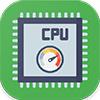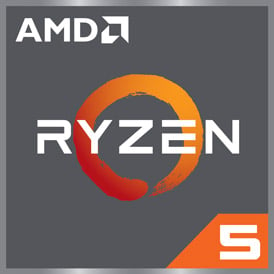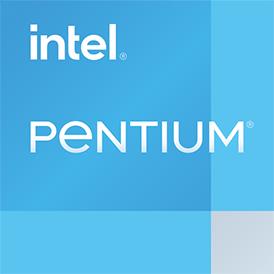 Estimated results for PassMark CPU Mark
Estimated results for PassMark CPU Mark
|
|
AMD Ryzen 5 5500U
6C 12T @ 2.1 GHz
|
13210
|
|
|
Intel Pentium D 915
2C 2T @ 2.8 GHz
|
430
|
 Cinebench R23 (Multi-Core)
Cinebench R23 (Multi-Core)
|
|
AMD Ryzen 5 5500U
6C 12T @ 2.1 GHz
|
6784
|
|
|
Intel Pentium D 915
2C 2T @ 2.8 GHz
|
316
|
 Geekbench 5, 64bit (Multi-Core)
Geekbench 5, 64bit (Multi-Core)
|
|
AMD Ryzen 5 5500U
6C 12T @ 2.1 GHz
|
5622
|
|
|
Intel Pentium D 915
2C 2T @ 2.8 GHz
|
381
|
 Cinebench R20 (Multi-Core)
Cinebench R20 (Multi-Core)
|
|
AMD Ryzen 5 5500U
6C 12T @ 2.1 GHz
|
2573
|
|
|
Intel Pentium D 915
2C 2T @ 2.8 GHz
|
126
|
 iGPU - FP32 Performance (Single-precision GFLOPS)
iGPU - FP32 Performance (Single-precision GFLOPS)
|
|
AMD Ryzen 5 5500U
6C 12T @ 2.1 GHz
|
1612
|
 Cinebench R23 (Single-Core)
Cinebench R23 (Single-Core)
|
|
AMD Ryzen 5 5500U
6C 12T @ 2.1 GHz
|
1165
|
|
|
Intel Pentium D 915
2C 2T @ 2.8 GHz
|
174
|
 Geekbench 5, 64bit (Single-Core)
Geekbench 5, 64bit (Single-Core)
|
|
AMD Ryzen 5 5500U
6C 12T @ 2.1 GHz
|
1134
|
|
|
Intel Pentium D 915
2C 2T @ 2.8 GHz
|
208
|
 Cinebench R20 (Single-Core)
Cinebench R20 (Single-Core)
|
|
AMD Ryzen 5 5500U
6C 12T @ 2.1 GHz
|
462
|
|
|
Intel Pentium D 915
2C 2T @ 2.8 GHz
|
72
|

